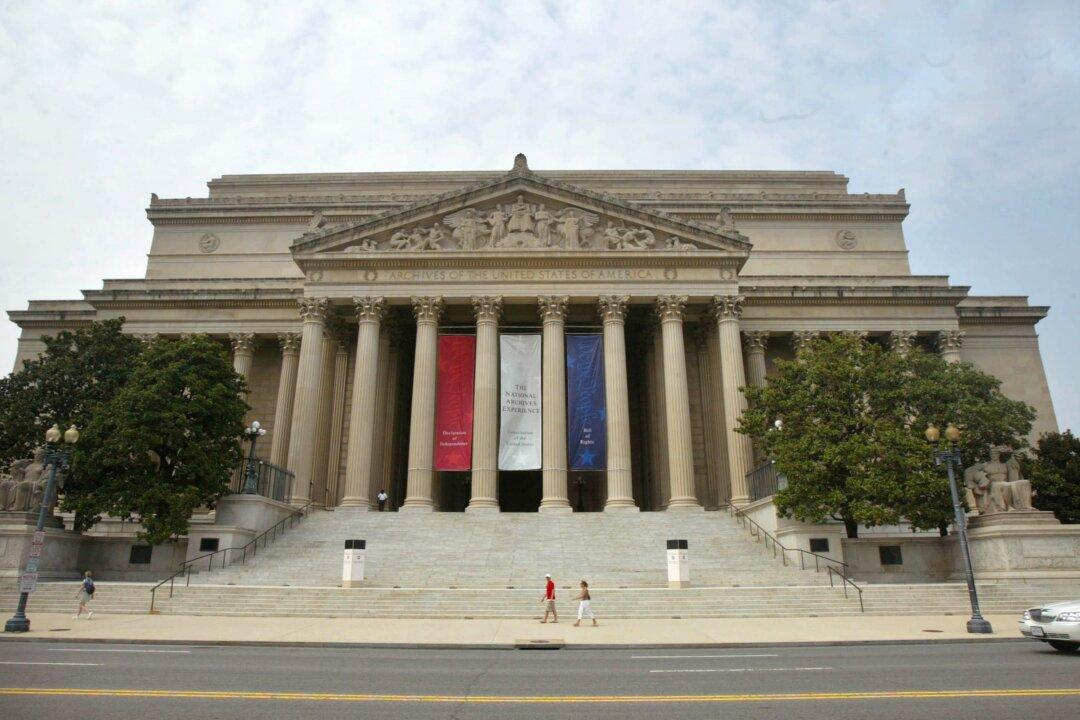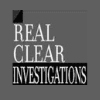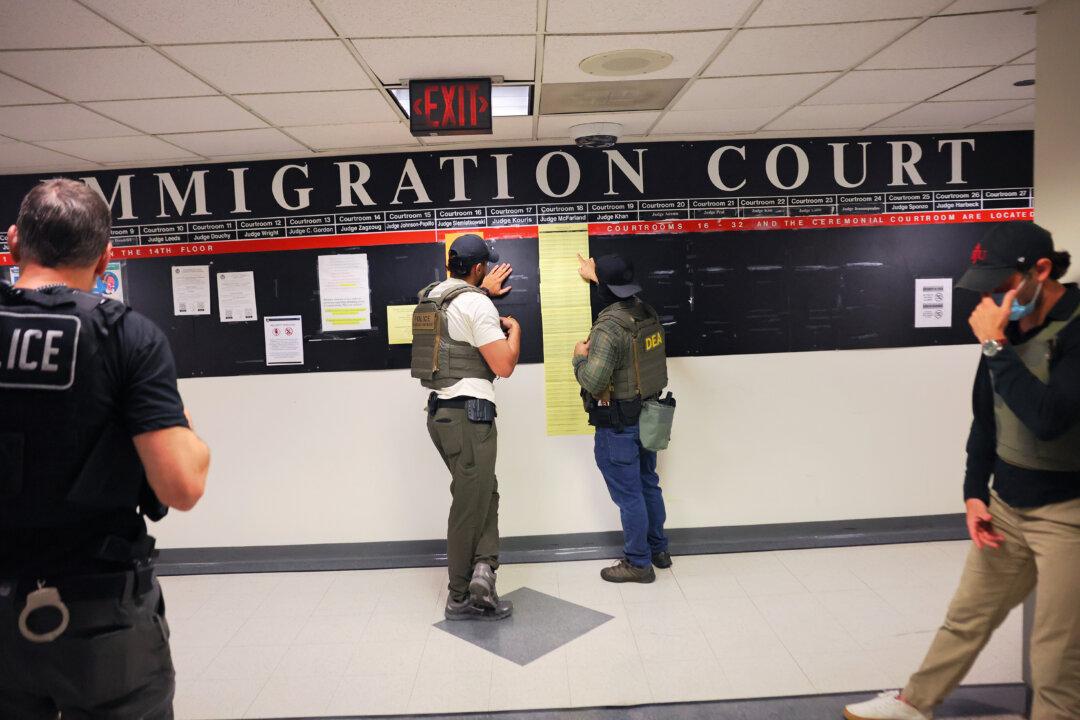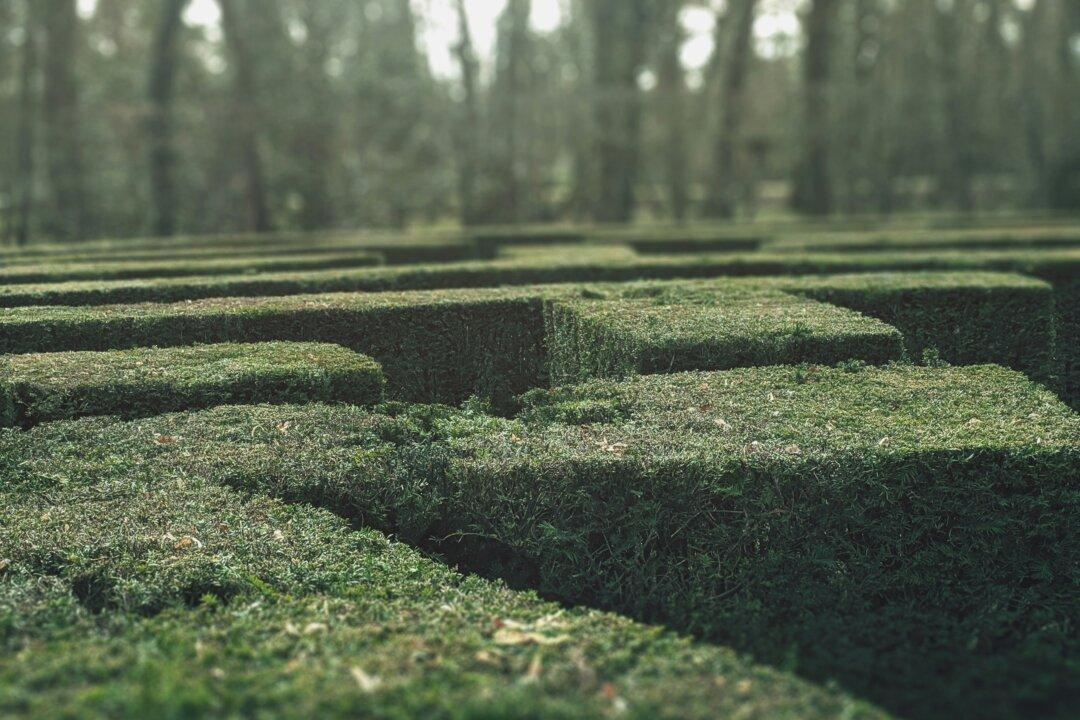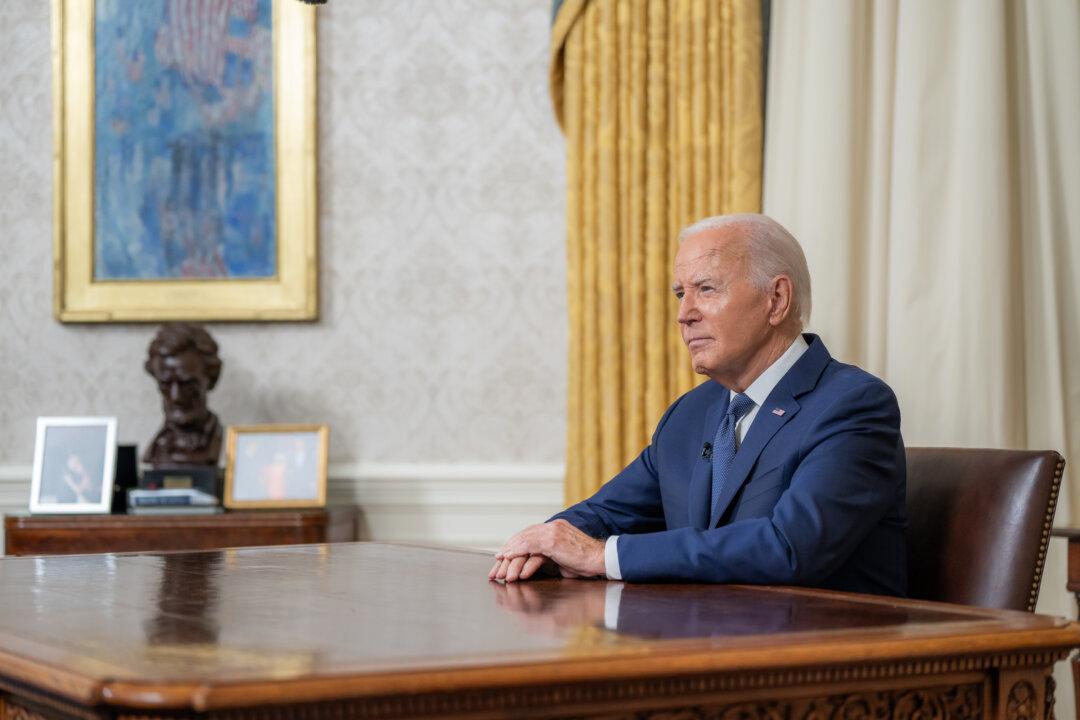If America’s greatest secrets are so crucial to national security, why do classified documents keep showing up where they shouldn’t?
Since last August, when federal agents raided former President Trump’s Palm Beach home seeking classified documents he had removed from the White House, national secrets have also been discovered at various properties connected to President Biden, including his Delaware home, and at former Vice President Mike Pence’s Indiana home.
